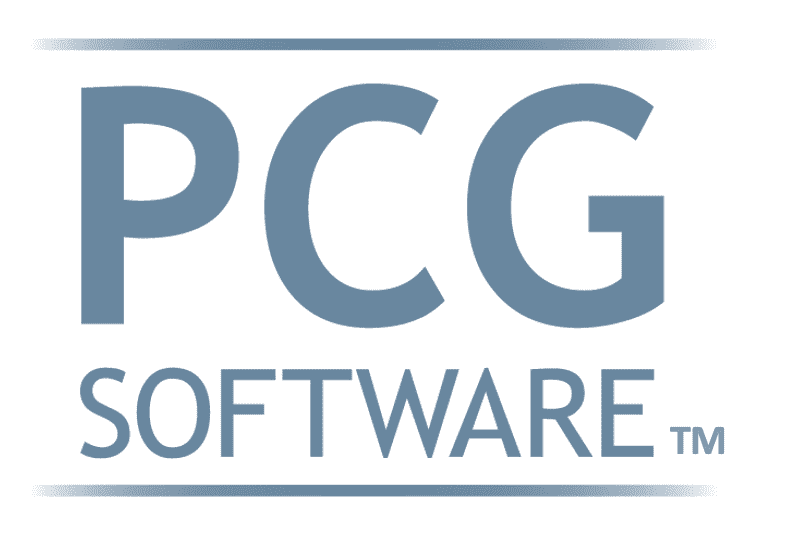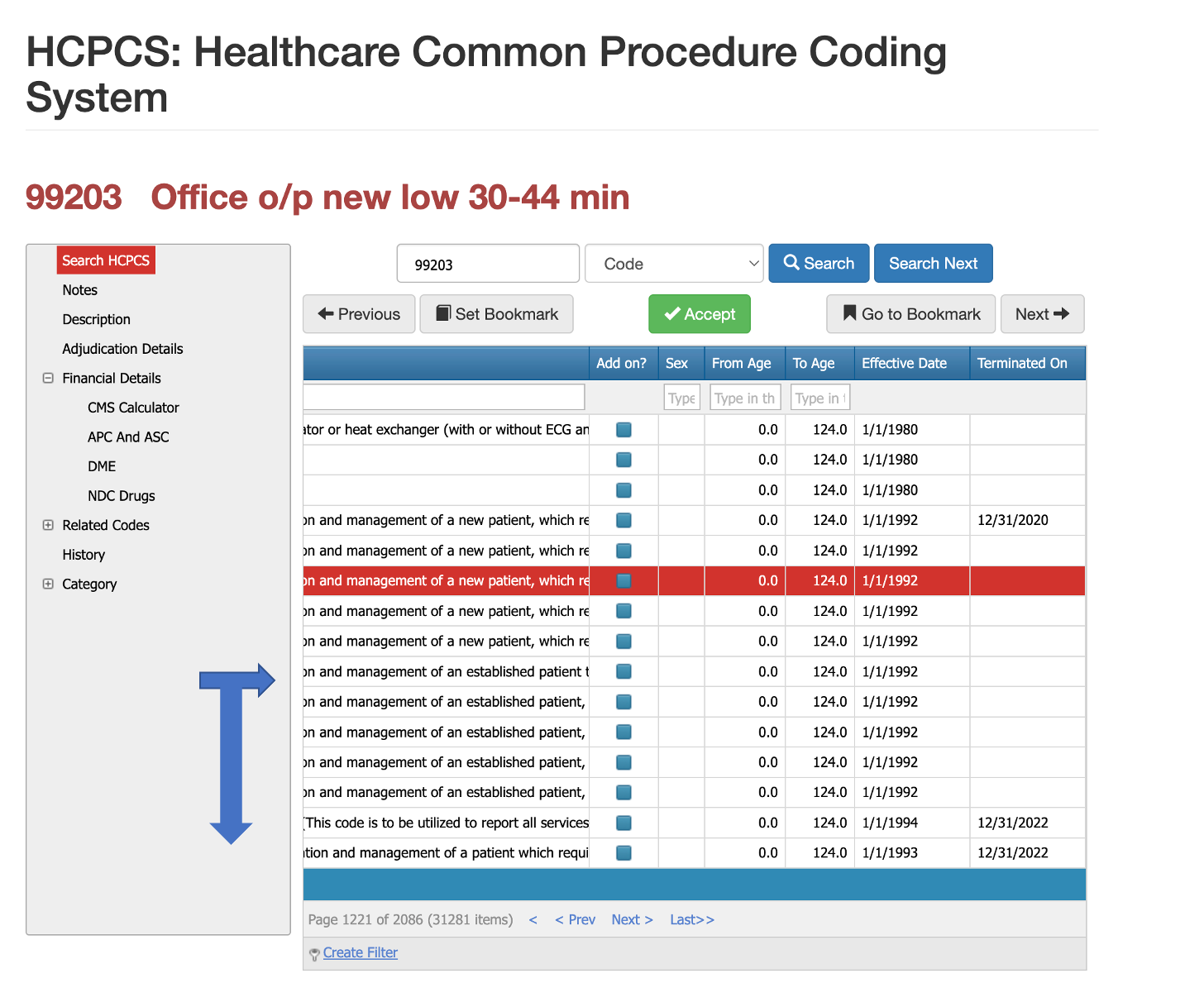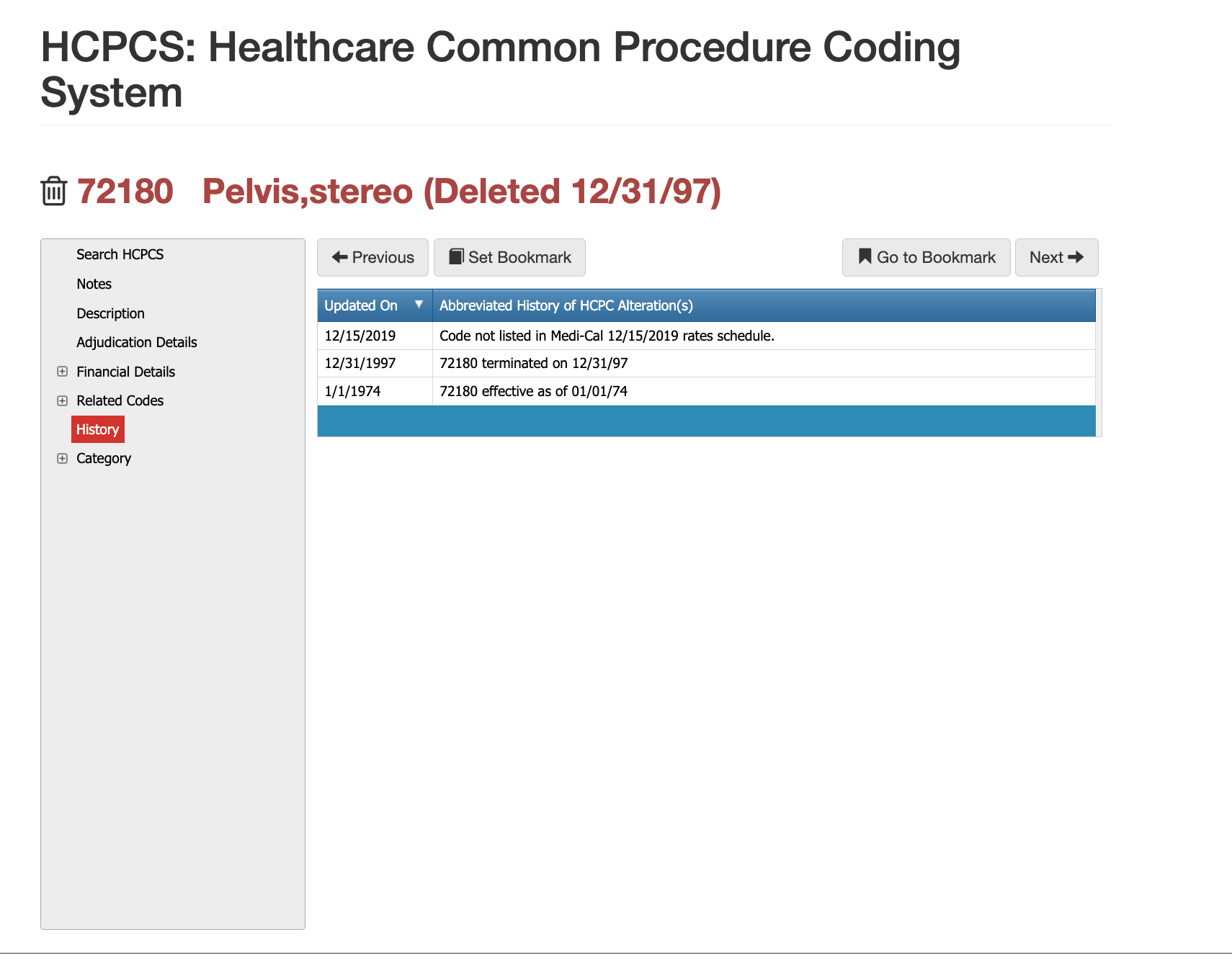Healthcare Turnover is Driving Up Healthcare Costs & Lowering Patient Outcomes
Summary:
This article is intended for Healthcare Executives within the Health and Hospital Systems of the current 2022-2023 turnover rates for Hospital Executives, Providers, and Nurses, as well as outlining possible solutions to offset and/or avoid the financial loss and reduced patient care outcomes associated with these trends.
The Turnover Rates of Healthcare Positions
Healthcare Executive Turnover
The resignation of a healthcare leader can have serious financial consequences for your hospital or health system organization. Since 2016 the statistics remain steady that replacing a Hospital Executive or Health Plan Executive will cost your organization over $1,000,000 or approximately 213% of their annual salary. (link) In 2022, 62 hospital CEOs exited leaving their organizations to figure out new leadership, its direction, and how to offset the costs (link). Simple math is that hospitals lost $62 million or more due to resignations, terminations, and replacement of their Executive Staff members.
Healthcare Provider Turnover
This number is even higher when the departing leader is a doctor or other highly-skilled professional providing an integral part of patient care and outcomes. While estimates vary depending upon specialty and region, your organization will experience a replacement cost equaling 2-3 times the salary of the vacancy. (link) The single biggest contributor to healthcare recruitment costs is in the primary care field, with an estimated $979 million in annual excess costs. (link)
Nurse Turnover
During 2021, hospital nurse turnover saw another increase of 6.4% from 2020, and through 2021-2022 Nurse turnover rates across the national board stand at 25.9%! Saving just one bedside RN at a hospital could save that organization a whopping $262,300 annually in recruitment, training, and onboarding costs.That means ¼ of all nurses working in hospitals are changing the hospital they work for, or exploring travel nursing agencies which are on the rise! (link)
Medical Biller and Medical Coder Turnover
Since 2010 the unemployment rate of Medical Coders and Billers has decreased from almost 7% to 2% or lower which is good news, but the tenure of this position is very worrisome; 22% stay at the same hospital or company for less than a year, 31% for less than 2 years, 13% for 3-4 years, and 19% for 5-7 years. While the salary and recruitment costs can range from $60,000 or more (salary of $45,000 plus 20% recruitment fees), the biggest loss is the loading of their existing claims and duties on the remaining employees. (link) That loss of processed claims far outpaces the financial loss of recruitment and training. Together losing a key medical biller and/or medical coder could cost your organization 100s of thousands in collections each month, if not millions dependent upon your organization's size and the number of claims needed to be processed. This has led to a huge increase in the outsourcing of medical coding and medical billing outside the United States which in turn increases the GDP of other countries and lowers the US GDP.
Patient Perspective of Healthcare Turnover
Patients Worry About Your Turnover Too
One-third (33%) of Americans worry about healthcare premiums, and 44% worry about their deductibles (link). The cost of healthcare has long been a burden on many American citizens, and turnover rates within the leadership ranks at healthcare organizations are not helping matters. High turnover costs can lead to budgeting issues in the short term, with recruitment and replacement of new leaders throughout the healthcare organization becoming their own added expense.
Patients still want to have the right to choose their PCP, have them accessible, and feel a sense of community and not become just patient #5599 (link). Just imagine your PCP leaving your hospital or health system and you have to look for a new one. It could take months to find the right provider, meanwhile, you’ll be handed off between mid-levels and remain in a floating status. It’s like playing the Superbowl without your Head Coach.
Underserved Patients Feel it the Most
This is of particular concern when considering the impact of underserved patients--those in rural areas or geographically distinct areas can be especially hard hit by turnover, with burnout and turnover around those areas leading to longer wait times and more financial hardship for those seeking care. It is clear that turnover within a healthcare organization's leadership can have far-reaching impacts both financially and also on access to vital services for underserved patients.
OPERATIONAL INEFFICIENCIES AND TURNOVER
What Clinical or Support Department Will Cut?
Recent healthcare research has revealed a startling statistic- the average cost of replacing healthcare C-Suites is a staggering $2.7 million. If you have to allocate $1 million to $3 million to find a new CEO or C-Suite, where will you pull that funding from?
Patient Re-Assignment is a Nightmare
If a Provider has thousands or even just hundreds of patients, how do you clinically and ethically distribute those patients’ care to your existing MDs and Mid-Levels, that match their former provider’s level of expertise? Simple answer, you can’t. You reassign them and hope for the best.
Financial Reserves for Recruitment are Absent
Despite the vital role healthcare leaders have in ensuring seamless operations, unfortunately not enough organizations have succession plans to cover leadership departures. Without succession plans, the organization must reallocate human resources to cover the patient load and this can lead to current employee burnout. Additionally, financial reserves are often not adequate enough to cover these costs as a study found - resulting in a huge blow to an already tight budget. Urgent succession planning is, therefore, necessary to ensure patient safety and satisfaction are not compromised, along with building up sufficient financial reserves for these scenarios.
Outsourcing is on the Rise in a Big Way
Healthcare provider turnover can be costly to organizations, particularly if the provider is in a leadership position. You can’t replace a provider with a non-provider, and you can’t replace a nurse with a medical assistant, but you can outsource billing, phones, and administrative work. No matter how you feel about it, there’s no turning around that ship.
In 2020, the hospital outsourcing business industry was $270 billion, and by 2030 the industry will have grown to $736 Billion! (link) There is no end in sight to the outsourcing trend for hospitals and health systems, but choosing which roles they outsource is completely under your control.
10 Possible Solutions You Can Think About
Suggestion #1: Automate Workflows with AI Software
Research, invest, and get educated on AI-driven software for billing, coding, and tedious but time-consuming tasks. These tasks are the ones that drive stress levels through the roof, increase turnover and burnout rates, and lead to people seeking greener pastures for companies who already are dabbling in or completely invested in new AI drive software. PCG Software the author of this Article has options to explore like Virtual Examiner and Virtual AuthTech for Payers and Plans, and IVECoder for Clinics and Providers.
Suggestion #2: Outsource HR & Accounting
Many times internal HR departments are understaffed and their ability to bring forth fast recruitment solutions and payroll and research is inadequate. Find an HR solution that will help drive your company culture towards retention and recognition instead of work and replacement. They should be able to handle your payroll, remote HR, recruitment, and benefits enrollment. Many companies who do this are called PEOs (professional employer organizations) and they even have automated payroll and onboarding software solutions that can save you $1000s per employee per year in costs and liability.
Suggestion #3: Internships
Developing internships and succession plans for local MAs, RNs, and Doctors is a great way to establish a residency or recruitment plan that educates people about your healthcare organization’s culture long before they decide to fully invest their future with you, and your budget to them. Whether its paid or FREE, consider a pay scale that increases their hourly pay within Benchmarks or timetables as seen in Suggestion #7.
Suggestion #4: Part-Time & Volunteers
There is an immense amount of highly qualified former Nurses, Doctors, all of who still want to remain in healthcare but not for 40-80 hours per week. Having an experienced former healthcare worker help with short 4-hour shifts in some capacity can be much more productive than hiring multiple full-time younger personnel who are likely to exit your organization for a $ 1-an-hour raise. Look for passion, hire for attitude, and keep them if their experience and productivity remain.
Suggestion #5: Outsource All Marketing
The only employable staff you should have on payroll should be clinical or billing related. Marketing is an art form. There are local and national marketing companies that can help brand your company for far less than the cost of a full-time marketing coordinator or entire staff, and they are much easier to fire than an internal employee.
Suggestion #6: SPIF Bonus aka Performance Bonus
A SPIF is a fancy word for Sales Performance Incentive Fund. It means you set a goal for a department with a bonus amount based on projected profits. You keep the profits secret, but the department knows the revenue or goal number you set forth.
Number of patients serviced (Total Earnings)- Number of positive reviews received in a quarter (Reputation)
- Number of New patients per Provider (Growth)
- No-Show Rate (Operational Efficiency and Profitability)
Suggestion #7: Benchmark Bonuses
When developing a succession plan you need to account for the following:
- Benchmarks of salary increases
- Benchmarks for total patients serviced
- When is the patient load too much?
- Benchmarks for an increase in pay leave
- Child Care options
- New Employee Referral bonus (reduce recruitment costs)
Suggestion #8: Create and Enforce a Real Budget
Most companies put together a budget but rarely do they truly enforce and thus their profit margins dip and their cash flow to reinvest in the company and for recruitment and bonuses runs dry. People are going to leave, it’s a fact. But you can plan financially by putting together a company budget. Part of that budget within the HR perspective is available funding for recruitment.
Suggestion #9: Community-Based Relationships
You don’t have to endorse a particular religion or retail shop over another, just make sure that you both are willing to speak about the other without facing kickback statutes. By doing this, you are creating more than a brick-and-mortar or online healthcare resource, you are reaching the general public through multiple streams. Lastly, it can help build employee-based services such as lower-cost gym memberships or whatever you think would be best for your employees and retention.
Suggestion #10: Pay Fair Market Wages
It will cost you a pretty penny and a lot of headaches to replace a good employee that just needed to be paid a fair wage. We’re not saying you need to sell the mountain, but don’t let them feel like they can only afford an ant hole. If you have questions about wages and salaries, that’s where your HR department or company should weigh in and help.
Summary:
We spoke a lot about the financial and patient-related experiences of healthcare turnover, but the most important takeaway is to develop your culture and operations in a manner that increases retention. If you’re not looking at AI-driven software, fair wages, employee support, and building a place where careers flourish… You’ll develop an organization of jobs and revolving doors.
If your organization is struggling with any type of turnover, burnout, or operational inefficiency, PCG Software may have the solution or know someone or some company that does. Contact us Today and Good Luck out there!
Our History and Credibility in Reporting this Information:
For over 30 years, PCG Software Inc. has been a leader in AI-powered medical coding solutions, helping Health Plans, MSOs, IPAs, TPAs, and Health Systems save millions annually by reducing costs, fraud, waste, abuse, and improving claims and compliance department efficiencies. Our innovative software solutions include Virtual Examiner® for Payers, VEWS™ for Payers and Billing Software integrations, and iVECoder® for clinics.


